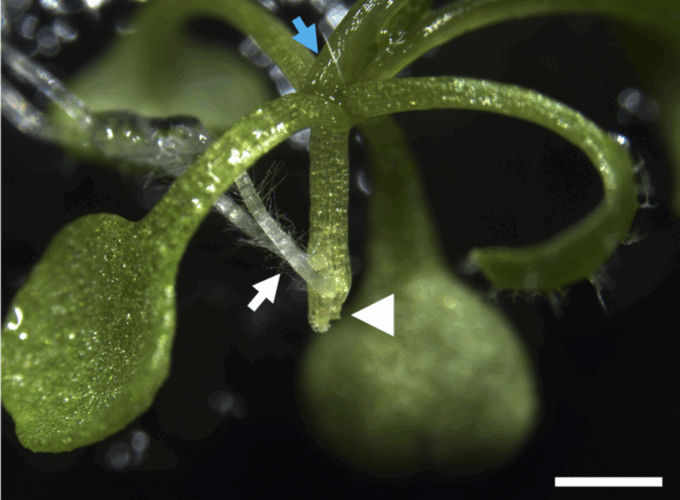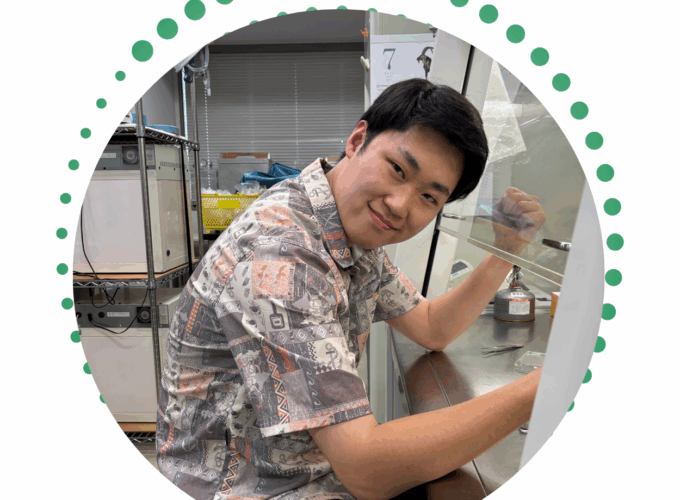Student Research Breakthrough in Plant Regeneration | KUAS
Jul 21, 2025
Bioenvironmental Sciences
Kyoto, Japan – July 14, 2025
Research co-authored by Tatsuya Ito, a doctoral student from Kyoto University of Advanced Science (KUAS), and Associate Professor Satoshi Endo of the Faculty of Bioenvironmental Sciences, has been published in the eminent international journal, Plant and Cell Physiology. This study presents significant findings on the intricate mechanisms of plant regeneration.

Tatsuya Ito
Doctoral Student in the Faculty of Bioenvironmental Sciences
“I didn’t have a clear goal when I first decided to go to graduate school, and I never imagined that I would end up writing a thesis. I took a leap of faith and started my research, and now, thanks to unexpected support like scholarships, I’m able to enjoy my student life.”
Elucidating the Mechanisms of Plant Root Regeneration
The study focuses on the remarkable ability of plants to regenerate their root systems following damage. Researchers at KUAS identified a specific peptide signal, designated CLE46, that functions as a crucial long-distance regulator of this complex biological process. This groundbreaking work was conducted at Kyoto University of Advanced Science, reinforcing its position as a hub for advanced scientific research in Japan.
The research elucidates that this signal originates from the shoot apex—the uppermost part of the plant stem—and operates as an inhibitory signal, suppressing new root growth under normal physiological conditions. In response to injury, the expression of this peptide is precisely downregulated, which, in turn, permits the coordinated regeneration of roots at the site of the damage.
Significance for Agricultural Innovation and Plant Biology
This discovery of a long-distance inhibitory signal represents a substantial advancement in the fields of plant biology and cellular communication. A deeper understanding of this sophisticated regulatory mechanism holds the potential to lead to the development of novel technologies in agriculture and horticulture, aimed at enhancing crop resilience and optimizing propagation efficiency. This research has significant implications for future food security and sustainable agricultural practices globally, stemming from the innovative environment at KUAS.
The research conducted at KUAS exemplifies the university’s unwavering commitment to contributing foundational scientific knowledge with profound practical applications, furthering global innovation from its base in Kyoto.
Publication Details
- Title: “Shoot Apex-derived CLE46 Peptide Signal Spatiotemporally Restricts Root Regeneration in Arabidopsis”
- Journal: Plant and Cell Physiology
- DOI: https://doi.org/10.1093/pcp/pcaf065
(Jun Hoseki, Faculty of Bioenvironmental Sciences)
(Revisioned by Giovanni Perez, International Office)
